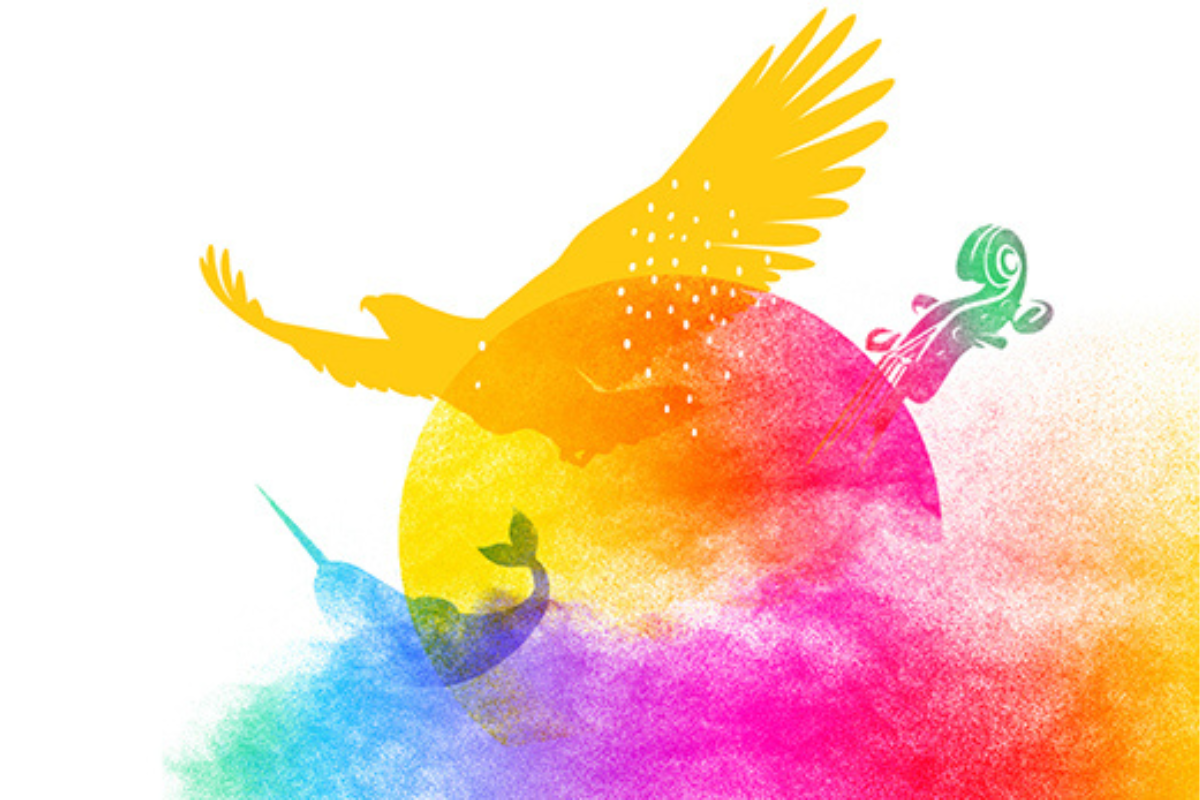In June, we commemorate National Indigenous History Month. During this month, take time to recognize the rich history, heritage, resilience and diversity of First Nations, Inuit and Métis Peoples across Canada.
Indigenous communities have been on the land for thousands of years. We are diverse in our cultures and languages, but we also share many similar experiences as Indigenous Peoples throughout Canada.
We invite you to learn more about the richness of our cultures by visiting one of our many museums or historical sites across the country. You can also learn more about Indigenous Peoples by visiting your local library or attending an event in your community that celebrates Indigenous culture and history.

Understand the Meaning Behind the Visuals**
Among the various visual elements illustrating Indigenous cultures, the sun (the summer solstice) is at the centre which is at the heart of the festivities. The First Nations, Inuit and Métis, as well as the four elements of nature (earth, water, fire and air), are represented in the image and shown opposite. The whole visual is supported by a multicoloured smoke*, reminding us of Indigenous spirituality but also of the colours of the rainbow - a symbol of inclusion and the diversity of all First Nations, Inuit and Métis communities and their members.
Description of the three icons:
- The eagle to represent First Nations
- The narwhal to represent Inuit
- The violin to represent Métis
*Smoke is used in different ways by all three Indigenous groups in Canada. Whether it is to smoke fish and meat, to burn sage and tobacco, or for sacred ceremonies or celebrations, it is a significant symbol in Indigenous cultures. To learn more, you can visit the official learning portal.





